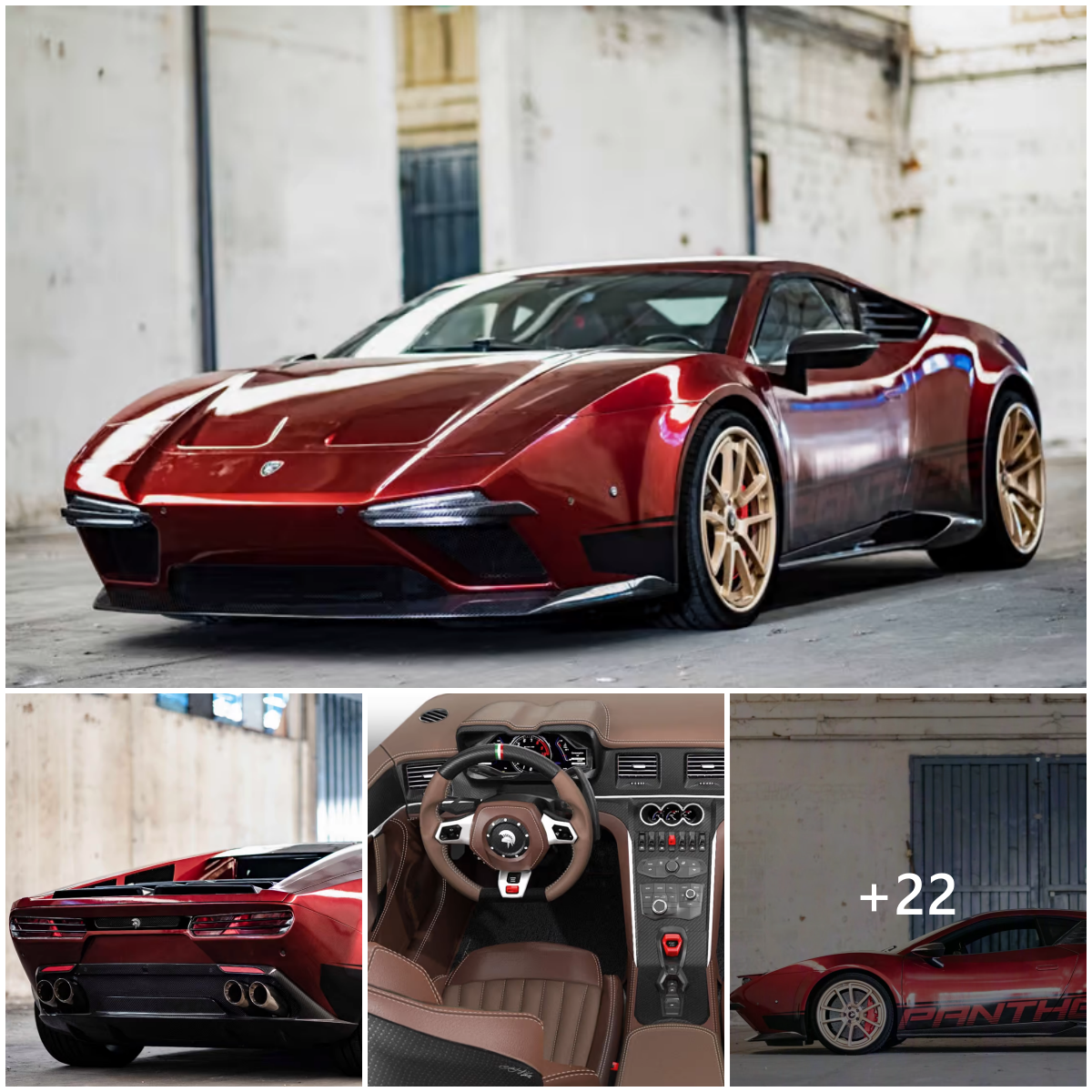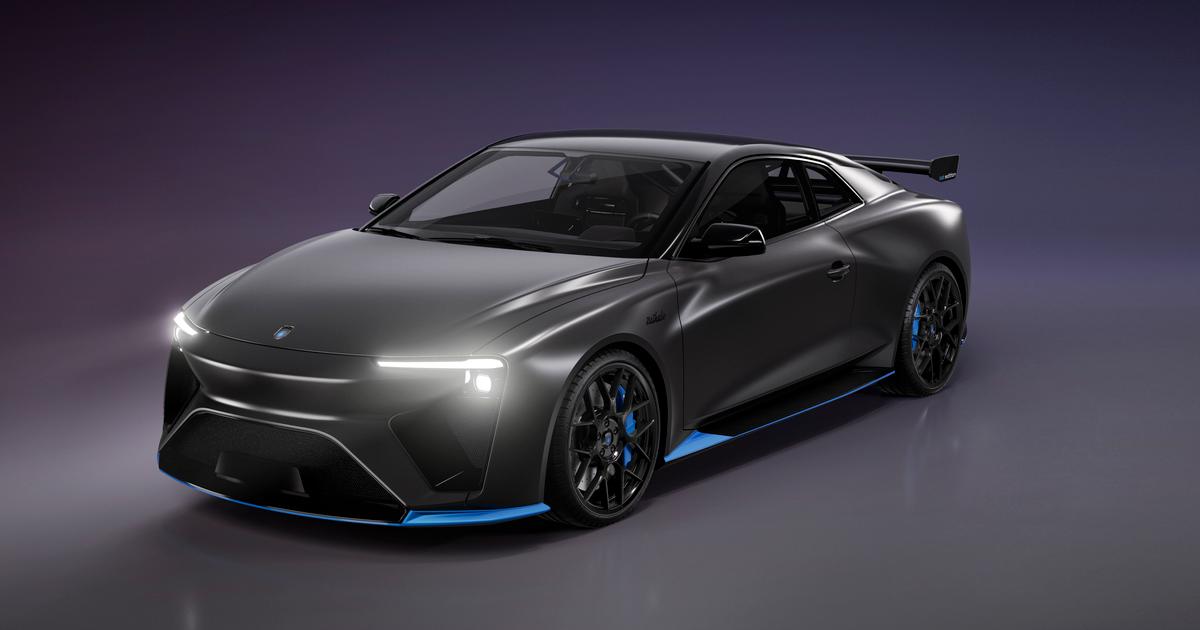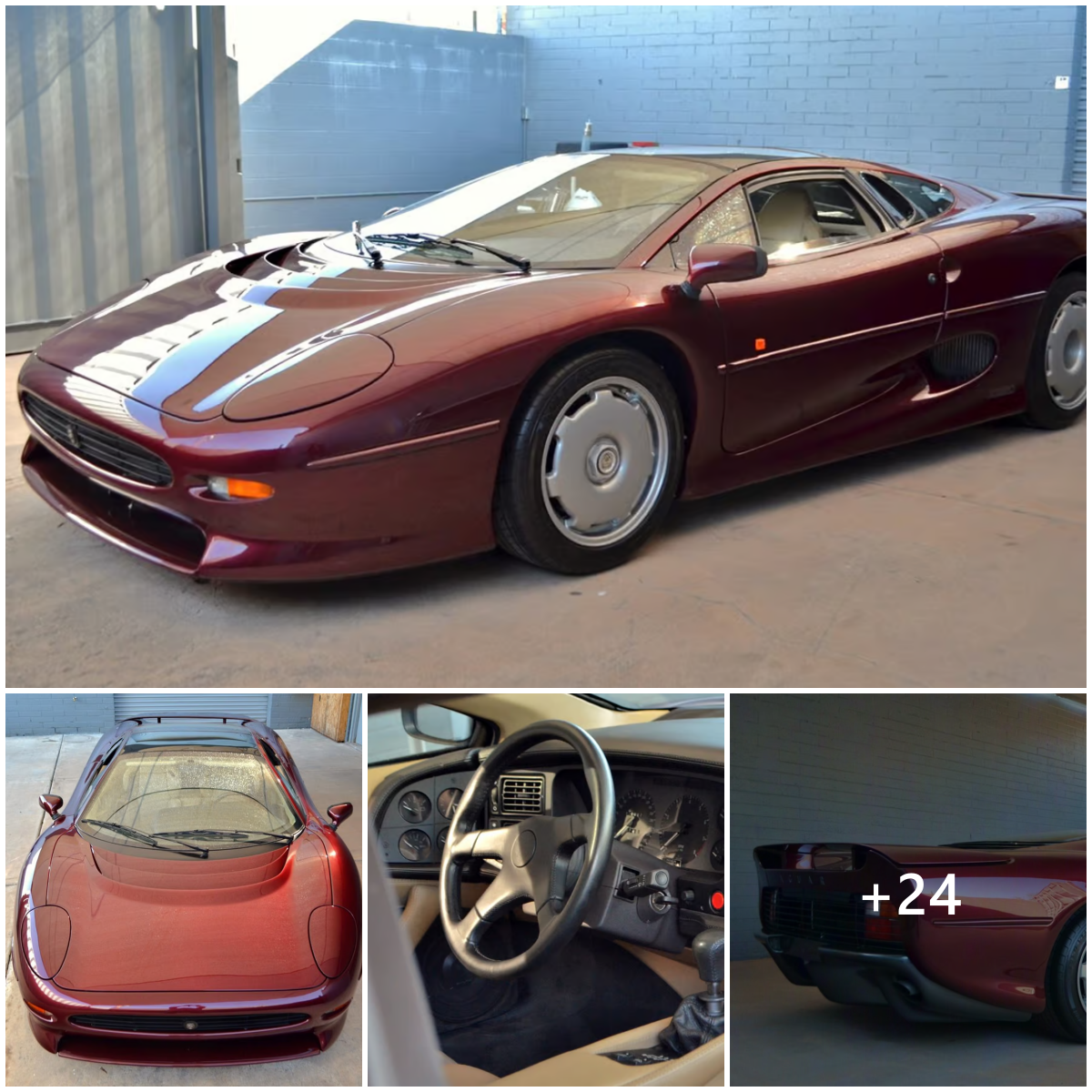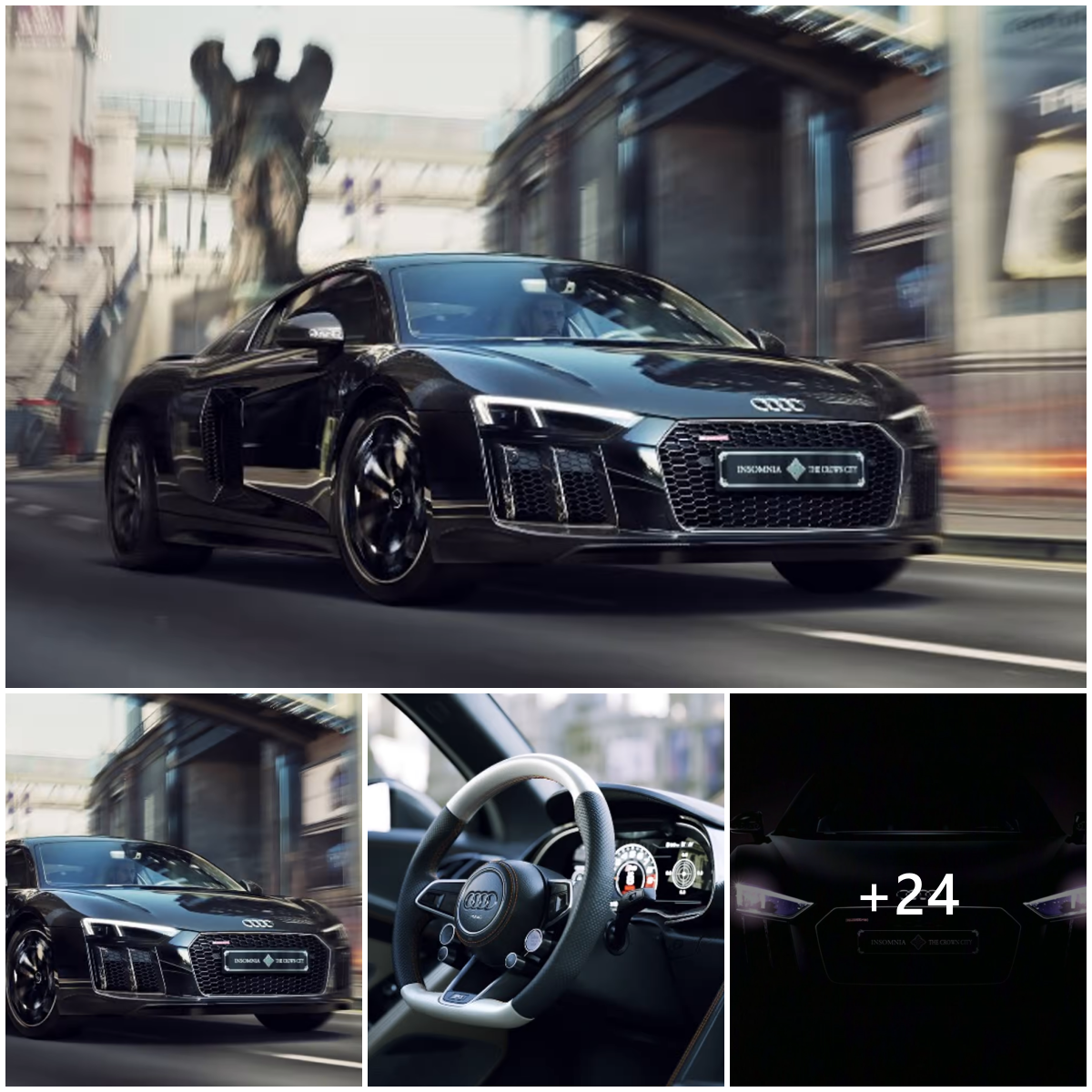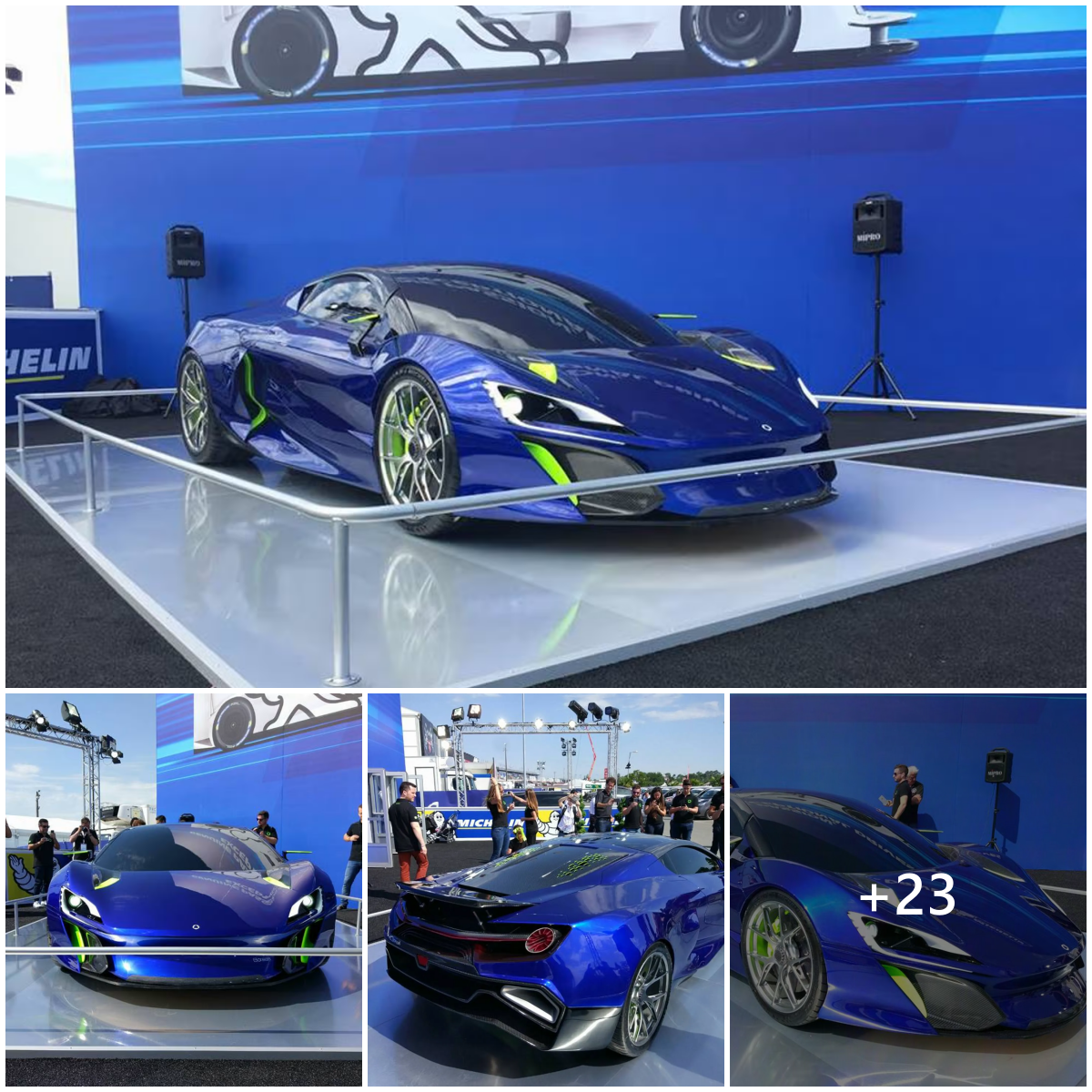The McLaren P1 has arrived … almost. We’ve already had a glimpse at the company’s brand-new halo supercar, but as it’s still at design study stage, specs have yet to be finalized – and McLaren isn’t providing any official clues on a few things that folks are more than a little curious about. Still, we now have some more details (and more pictures to drool over) than we had before.
Like Jaguar and its F-Type, McLaren was content to hand us a fancy hors d’oeuvre in the afternoon and leave us starving until dinner. Unlike Jaguar and its F-Type, McLaren is saving plenty of room for dessert, because it isn’t quite ready to publicize things like powertrain and performance specs.
Of course, McLaren wouldn’t show up to its first-ever international motor show empty handed, and it definitely has a story to tell. The story begins with a simple name: P1. That name may just sound like a random number and letter thrown together, but it has deeper meaning, both internally at McLaren and in the greater racing world. “P1” is a designation for first place in Grand Prix racing. It is also short for Project 1, internal code McLaren used when developing the F1, its original supercar.
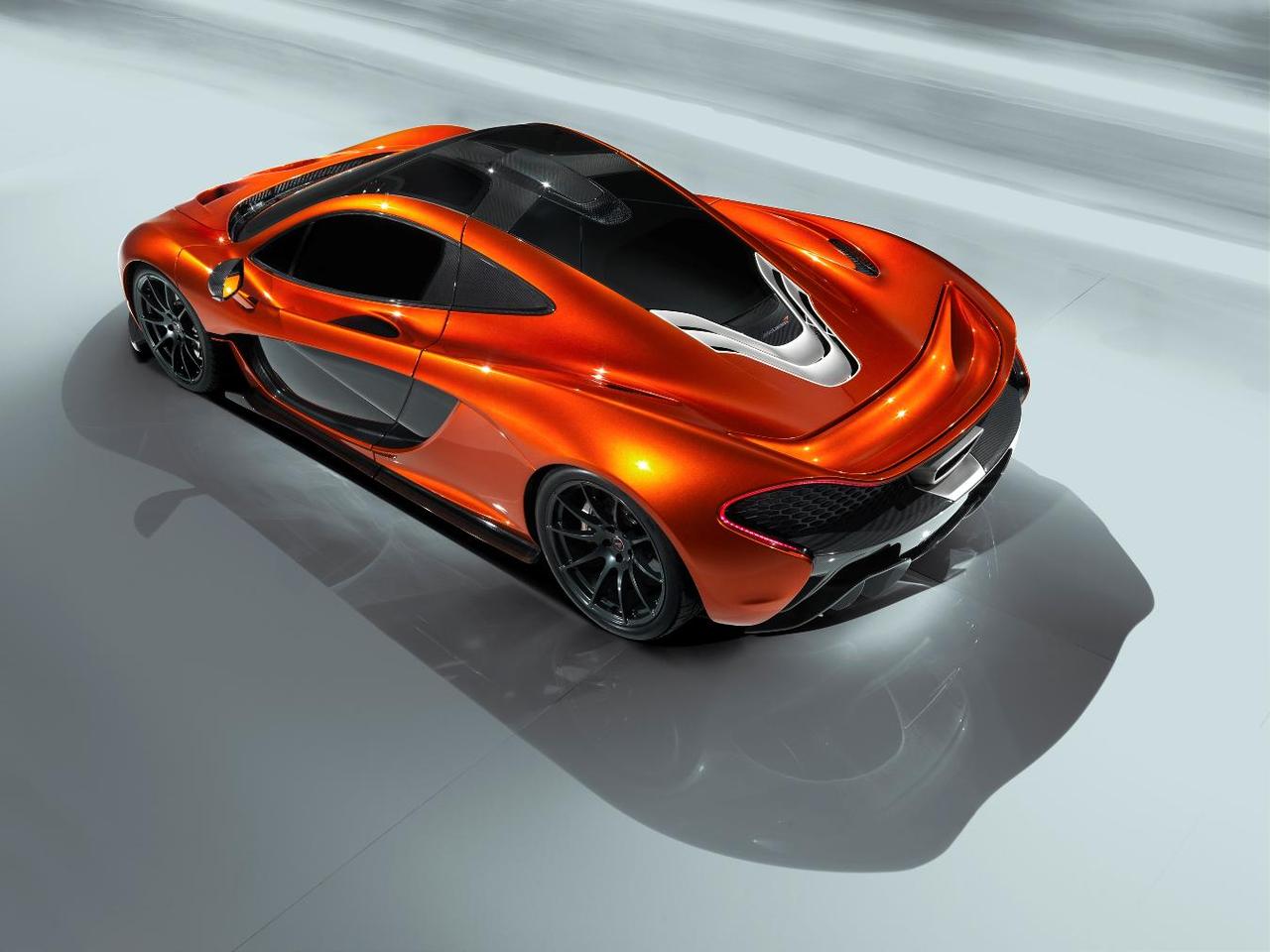
From the name unravels an intriguing plot of race-inspired performance and function-focused design.
“At the very beginning, we sought to develop a car that you could drive to a racing circuit, then press a button and race it,” explains chief design engineer Dan Parry-Williams. “Maximum speed was never a priority. It’s much more technically challenging, and more meaningful, to develop a car that seeks to be the fastest-ever series production car on a racing circuit. The priority was high speed performance matched with tremendous composure, which would come mostly from the state-of-the-art aerodynamics. We wanted a car that was benign and predictable at any speed.”
Essentially, McLaren set its sights on working the performance and technology of its latest race cars into a prettier package with a street-friendly disposition. Key to that goal is superior downforce that increases handling and ride at both high and low speeds. With no small amount of help from its huge rear diffuser and active rear wing, the P1 boasts higher levels of downforce than any current road car on the planet, according to McLaren. To prove it’s not just putting down the competition, it says that downforce is five times greater than its own MP4-12C and more comparable to the 12C GT3.
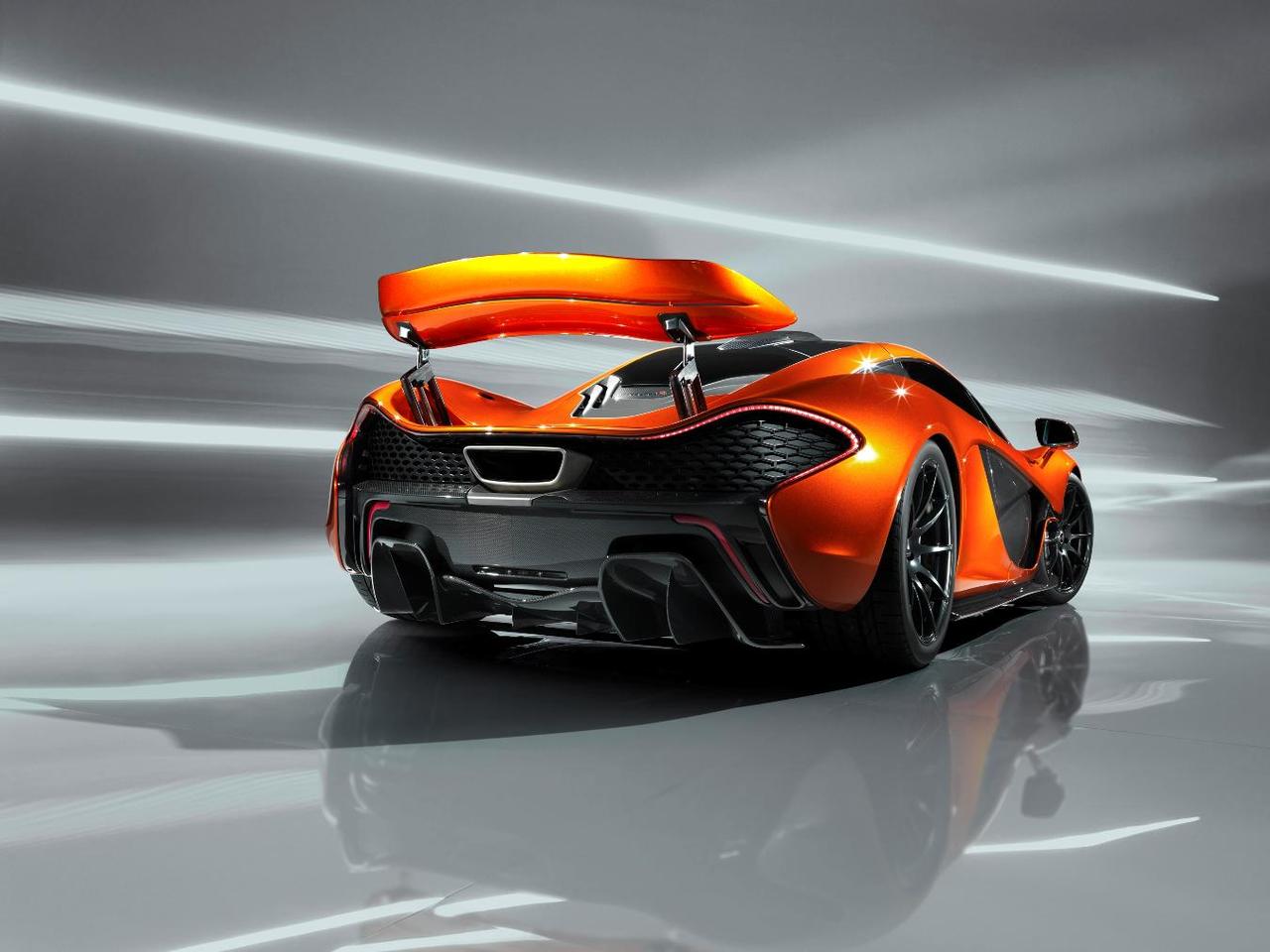
With the help of several pieces of equipment, downforce actively adjusts during driving. The F1-inspired rear wing expands rearwards up to 300 mm (11 inches) and tilts 29 degrees. Two active aerodynamic flaps on the front of the underside also adjust on the fly. The car’s straight line performance, handling and braking are optimized, giving the driver more control and confidence.
Downforce is up, and weight is down. McLaren all but dunks the mid-engined coupe in carbon fiber to keep weight as minimal as possible (it hasn’t listed a weight just yet). Like the MP4-12C, the P1 sits on a carbon fiber monocoque. Unlike the MP4-12C, it also uses a MonoCage safety cage in the roof, a derivative of its MonoCell design.
The P1 also gets a full carbon body. The body panels save weight by virtue of their carbon build, but McLaren also uses fewer of them – clamshell single-moulded front and rear panels attached to the central carbon MonoCage, two small access flaps in the rear, the hood, and the doors. In addition to slicing weight, the limited number of panels provides a cleaner, more organic look.
As we opined when we first saw it, the P1 definitely has commanding, aggressive look to it. Design director Frank Stephenson explains that he wanted the car to be “striking but also functional, a real statement of intent, a genuinely beautiful and dramatically honest supersports car, in keeping with McLaren’s heritage but also at the forefront of automotive design.”
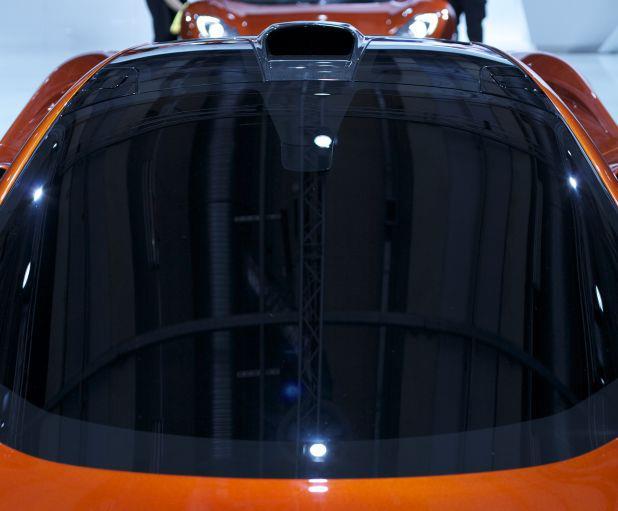
The orange body of the P1 appears almost like a protective case that can snap off, leaving carbon skeleton underneath completely naked, a design that betrays a grand emphasis on aerodynamics and cooling. The gaping mouth and large door ducts help to push a windstorm worth of air back toward the engine. The curvaceous glasshouse allows air to flow smoothly over top, save for the molecules that are sucked up by the roof scoop. The thin taillights, meanwhile, frame what Stephenson calls the “most aggressive rear diffuser ever seen on a road car” and allow hot air to rush out the mesh back.
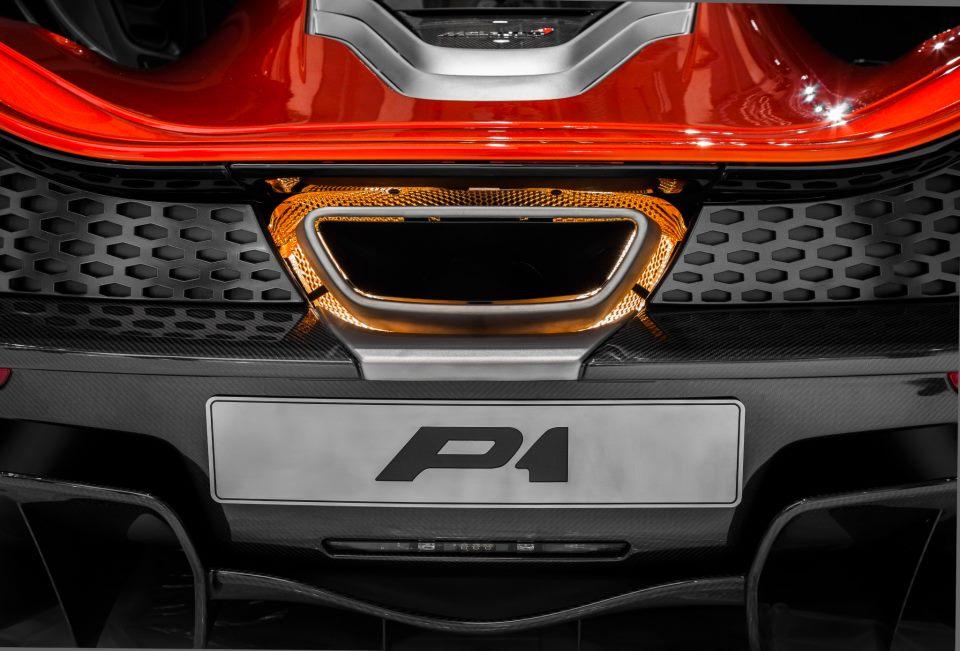
After all the lightweight, active aerodynamics and advanced cooling talk, it sure would be nice to know what engine sits amidships, wouldn’t it? That’s where McLaren keeps us guessing. It promises an “immensely powerful engine” and 600-hp per tonne, but it does not tell us a whisper more. So there is no confirmation of the 800-hp V-8 engine with KERS system that has been rumored. Not yet, anyway – McLaren will reveal those types of details early next year. It plans to get the car to market by late 2013.
For now, we’ll just have to be content with looking.
Source: McLaren

